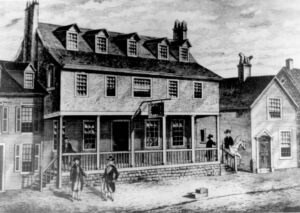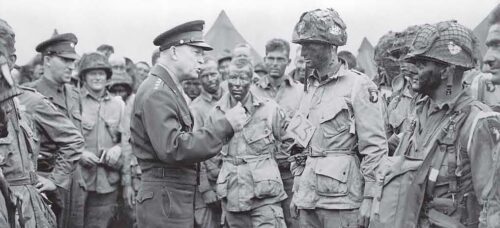
Primary Sources for Educators: World War II

Our popular document collection on World War II, edited by Jennifer D. Keene, has been published in a second, corrected edition. After using the collection in many Teaching American History seminars, Keene asked for a new edition, in part to correct the typos that are inescapable in publishing projects, but also to address questions teachers themselves had raised. “For example, the new edition changes or redefines some of the terms used in the document introductions. I broadened the meaning of ‘casualties’ to include non-combat related deaths among military personnel, and I used the word ‘incarceration’ to refer to the internment of Japanese American citizens which more accurately describes the reality of their imprisonment,” Keene explained.
Keene is Professor of History and Dean of the Wilkinson College of Arts, Humanities, and Social Sciences at Chapman University. Many of the books she has authored and edited focus on her chief area of specialization, World War I. These include The American Soldier Experience (University of Nebraska Press, 2011) and Doughboys: The Great War and the Remaking of America (Johns Hopkins University Press, 2006). She is giving this expertise to a volume soon to be added to our Core Document Collection, World War I and the 1920s.
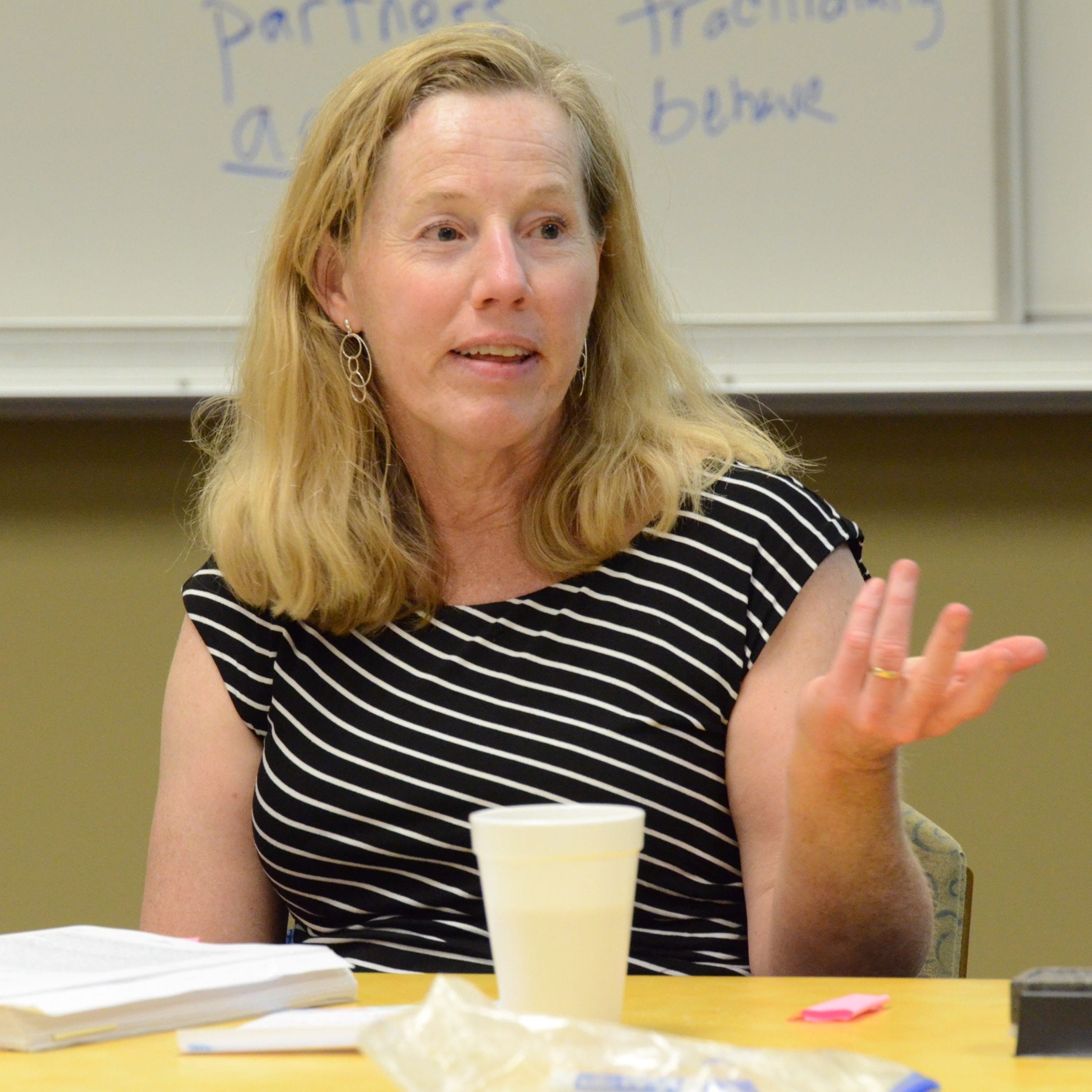
Keene is also the lead author for an American history textbook, Visions of America: A History of the United States that uses a visual approach to teaching students U.S. history. Teachers who have studied with Keene in the MAHG program have benefitted from her insightful use of photographic documents.
Recently we talked with Keene about World War II and the new edition of her collection.
Among documents showing the war shaping debate over civil rights and liberties, which do you think teachers will find most surprising or useful?
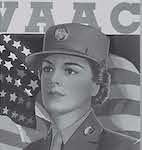
I think students will find the documents on women’s roles during the war both amusing and revealing. They challenge the notion that women found liberation through war work. I included a recruitment brochure, “Questions and Answers about the WAAC” (Document 22) because it documents not only the regulations of the Women’s Army Auxiliary Corps but the propaganda effort to overcome women’s hesitancy to join, lest they be perceived as less feminine. The brochure reassures women that they can wear tasteful makeup and neutral nail polish. The G.I. Roundtable debate, “Do You want Your Wife to Work After the War?” (Document 30) seems hilarious to us today, because it assumes that whether a woman works is a husband’s decision. It shows that during the war, the question of women working was framed by traditional gender expectations. Yet a range of women were involved in the war effort. In the second edition of the volume, I was able to add information about African American women who served as WAACs and the numbers of Japanese American women who joined the WAACs out of the internment camps.
One of my favorite documents in the collection encapsulates the racism faced by African American soldiers during the war. Corporal Robert Trimmingham’s letters to the US military magazine Yank (Document 24) are interesting on several levels. His account of watching German prisoners of war escorted into the front door of a restaurant and graciously served a meal, while African American soldiers took a hurried meal in the kitchen, shows the depth of racial injustice in American society. At the same time, the fact that the US government actually published the letters shows that military leadership recognized the problem of discrimination against African American soldiers and wanted to signal a promise of change.
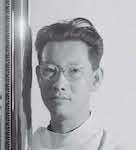
Another of my favorite documents is Ansel Adams’ photographic record of Manzanar, Born Free and Equal (Document 27). Through images and sparse text, he depicts the Americanness of a group of incarcerated Japanese Americans. Just before Adams visited Manzanar, loyalty questionnaires had been administered, and those whose answers were deemed disloyal had been quarantined in a different place. Others, whose answers were found to indicate loyalty, had been made eligible to leave the camps and go to university, take jobs with employers who vouched for them, or enlist in the military. Adams’ book attempts to erase the otherness of all those he photographs. Unlike Trimmingham’s letters, the book was not widely distributed, and appeared late in the war, but its impact was felt later, when Japanese Americans sought an apology and reparations for their losses during the incarceration. The book also reveals that during the war there were Americans like Adams who objected to the internment. It models a gentle way of protesting policies we find unjust.


